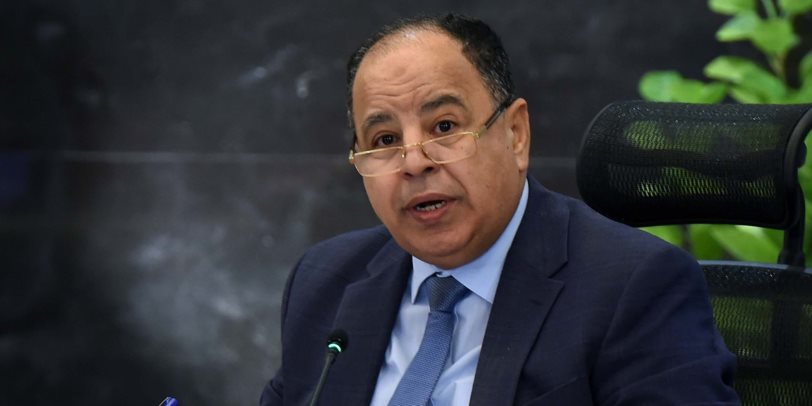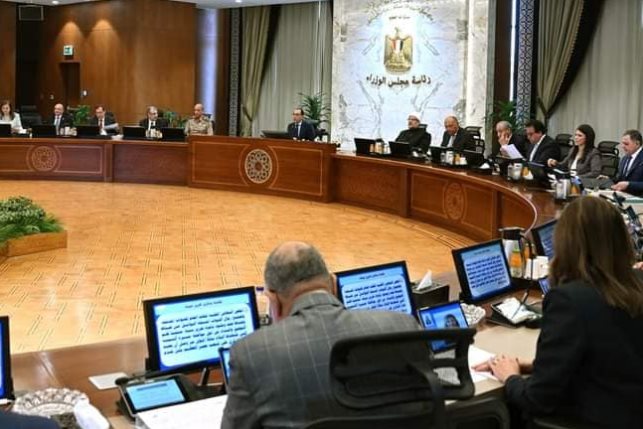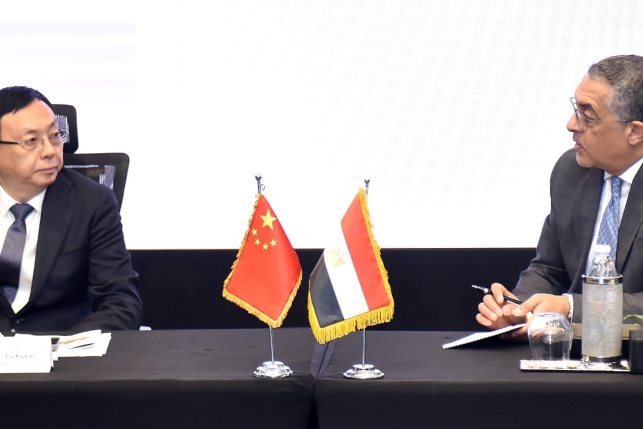Spotlight on Egypt’s Unified Public Finance Law
Business Today Egypt speaks with Akmal Nagaty, Secretary of the Senate Financial and Economic Affairs Committee, to understand the bill and its prospective returns

As published in our July - August 2021 issue
The Senate approved, in the beginning of July’s plenary session, the unified public finance bill, which holds much promise for the Egyptian economy.
Business Today Egypt speaks with Akmal Nagaty, Secretary of the Senate Financial and Economic Affairs Committee and a member of the Coordination of Youth of Parties and Politicians, to understand the bill and the returns it achieves.
The draft law is in line with the new Egyptian constitution, achieving Egypt’s strategy for sustainable development (Egypt Vision 2030) and taking into account international practices, as it integrates the state budget law and the government accounting law into a unified law, according to Nagaty.
The draft law also comes within the framework of the state’s move for legislative reform, working to improve the Egyptian economy, and in light of changes in the general budget, as well as international institutions’ recommendations on developing financial performance.
What is the unified public finance bill passed by the Senate?
It is a legislative development merging the “General Budget Law (Law No. 53 of 1973 regarding the State’s General Budget)” and Law No. 127 of 1981 on government accounting.
What are the motives for drafting a unified public finance bill?
There are many practices that were not mentioned in the previous laws, such as budgetary frameworks, financial planning, and the “Programs and Performance” budget.
Also, numerous articles in the two laws come under the same content, and elicit the same meaning, reflecting a lack of interconnection between their texts. This is evident in the application of the electronic budget linking preparation with implementation, and reflects the urgent need to formulate a unified public finance law.
What is newly provided by the Unified Finance Act?
The Act aims to achieve sufficient flexibility in implementing the budget, and to maintain financial allocations by reusing them in consequent years if circumstances prevent them from being spent during the “accreditation year” in accordance with governing controls.
Also, the new draft law’s objectives include investing in top cadres, acting in the financial management of ministries and administrative authorities, as its officials are required to have adequate qualifications and continuous training to ensure quality financial performance.
We also need to improve our capacity to digitize, raising the level of human capabilities in the financial system in line with digital changes, relying on managing the financial system through modern digital technology.
The law also achieves high levels of transparency and disclosure in preparation, implementation and control, through automation and the use of electronic signature systems. It also aims to apply the program and performance budget as a means of controlling and rationalizing public spending, consolidating the concepts of accountability.
What is the importance of approving this law during Egypt’s current phase?
The new law aims to achieve sufficient flexibility in budget implementation, and to maintain financial allocations by reusing them in the following years if circumstances prevent spending them during the “accreditation year” in accordance with governing controls.
Also, the new draft’s law will seriously upgrade the digitization processes in government institutions and ministries. The law aims to reduce the deficit in the state’s general budget and the gross domestic product (GDP), especially seeing the positive expectations for the Egyptian economy.
The project implementing the program and performance budget is considered a means of controlling and rationalizing public spending and consolidating accounting and accountability.
How will the new law help the Egyptian economy?
The new law contributes to transparency and disclosure of state resources, thereby increasing control on growth rates in accordance with the sustainable development plan, which contributes to increasing the rates of the national product and other economic institutions.
Additionally, it contributes to increasing the added value of available resources and their optimal use.
What are the goals that the law aspires to achieve?
The draft law defines the divisions the state’s general budget functions, and the divisions of its resources, as well as the rules for implementing the budget, provisions for disbursement and collection, and rules for financial control and internal control.
Further, the budget includes, on the side of uses, the expenses evident in six chapters as mentioned in the draft law, in addition to the acquisition of financial assets and loan repayments.
On the resource side, it became clear that revenues, spanning three chapters, in addition to funding sources, include two chapters detailed in the bill.
Regarding the classification of government accounts, the draft law classified these accounts into those of uses and resources, accounts of assets and liabilities, and regular accounts. These accounts are classified according to the divisions in the state’s general budget, and the government financial statistics manual.
The executive regulations specify the types of accounts at the overall and detailed levels. The draft law clarifies the Ministry of Planning’s role in defining the state’s strategic goals in all its sectors in the annual budget and the medium-term framework budget, in coordination with the ministries and independent bodies, defining priorities to implement those goals, and presenting them to the Council of Ministers for approval in light of the controls, rules and provisions in the state’s general planning law.
The draft law indicated that the Ministry of Finance is preparing the state’s general draft budget and projects economic bodies’ budgets. This happens after studying the draft budgets received from the administrative authorities, seeking the Central Bank’s opinion regarding coordination between each of the financial, monetary and credit policies in order to achieve the economic and social development plan’s objectives.
The draft law also clarified the right to access the studies, research and information necessary to prepare the state’s draft general budget.
How does this law achieve the state’s plan for reform and sustainable development?
Under the state’s directives for legislative reform and the elimination of duplication and conflict of legislation, in order to improve the Egyptian economy, and in light of the changes that occurred in the pattern of preparing the general budget, as well as the recommendations of international institutions regarding the development of financial performance, including the development of the budget preparation and control system, strategic planning and technological developments in the mechanization of budget performance, and the existing constitutional and legal legislation, the unified public finance law was drafted, which came in line with the new Egyptian constitution, and achieved the objectives of Egypt’s strategy for sustainable development (Egypt Vision 2030), taking into account international practices, where the philosophy of the draft unified public finance law is determined in the general framework of controlling the financial system and good management.
What is the improvement or tangible return on citizens from the application of this law?
The speed of completion of set plans and implementation of projects according to announced time schedules, makes it easy for the regulatory and parliamentary authorities to follow up on performance and evaluate the ministry entrusted with the implementation of any program.
It was announced that this law helps set a future vision for the administrative authorities’ financial improvement. How is this done?
The appropriations for each body included in the budget are immediately used upon issuing the law, and each party is responsible for taking the necessary measures to implement its budget and achieve the strategic objectives it sets.
The draft law was clarified in Chapter Four, holding 12 articles spanning financial control and internal control of administrative bodies’ accounts. The draft law in Chapter Five included 7 articles, and dealt with the final accounts and the commitment of administrative authorities and economic units to submitting all financial statements to the Ministry and the Central Auditing Organization.
Further, its Chapter Six held 11 articles, including the competencies of the competent minister in relation to the budget, the qualification and training requirements to fill the positions of officials in the preparation, implementation and control of the budget at the Ministry of Finance.
In the transitional provisions, the draft law referred to the application of the item budget until the full implementation of the program and performance budget within four years from the date to enforce the law’s provisions, taking into account the development of the oversight system in a manner appropriate with the program’s application and performance budget.
This is to achieve optimal, efficient use of state resources, in alignment with the economic and social development plan, the state’s strategic objectives, and provided that the executive regulations specify the requirements and controls necessary for this transformation.





